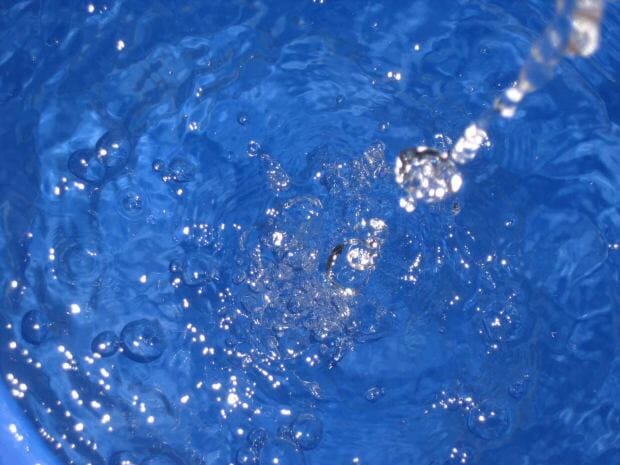
Anxiety & Sleeplessness: What’s the Connection?
July 16, 2013Does Facebook Cause Depression?
August 30, 2013Impacts of Mild Dehydration

By the time you notice you’re dehydrated, you’ve most likely already been affected. Mild dehydration is losing about 1.5 percent of the normal water volume in your body, but most people’s thirst sensation doesn’t kick in until they’re 1 to 2 percent dehydrated. By that time it is already impacting the mind and body performance.
What are some of the side effects of mild dehydration? You can experience headaches, fatigue, difficulty concentrating, low energy, and even anxiety. Some people even perceive tasks to be more difficult when they’re mildly dehydrated. In a study conducted by Connecticut’s Human Performance Laboratory, the effects on mood were substantially greater in women over men, no matter if the participants were exercising or at rest. The study indicates that women are more susceptible to the negative effects of mild dehydration.
What are some of the side effects of mild dehydration? You can experience headaches, fatigue, difficulty concentrating, low energy, and even anxiety. Some people even perceive tasks to be more difficult when they’re mildly dehydrated. In a study conducted by Connecticut’s Human Performance Laboratory, the effects on mood were substantially greater in women over men, no matter if the participants were exercising or at rest. The study indicates that women are more susceptible to the negative effects of mild dehydration.
Besides impacting mood, if you’re taking medication, such as stimulants for ADHD, you need to be drinking enough water for the medication to be effective.
If you’re concerned about your water intake, you can monitor the color of your urine. If you’re properly hydrated, your urine should be a very pale yellow color. Urine that is dark yellow or tan in color indicates some level of dehydration.
There are other factors (certain foods or medications) that can change the color of urine, so monitoring color should only be your guide to recognizing your hydration. Be sure to listen to your body and be mindful of your thirst sensation.


